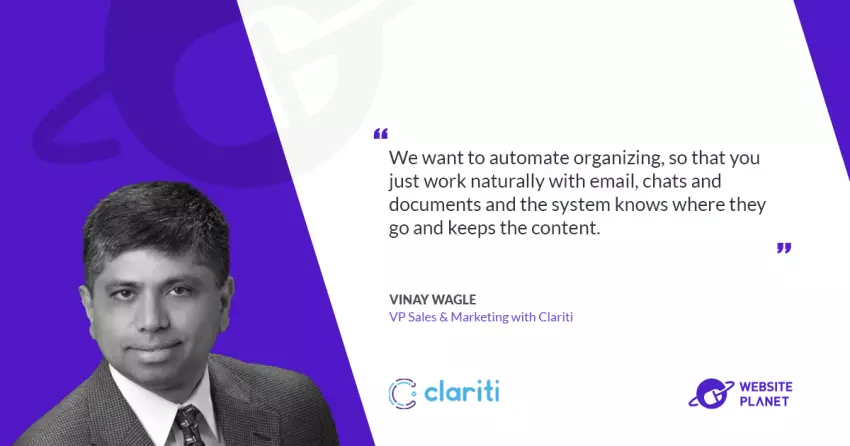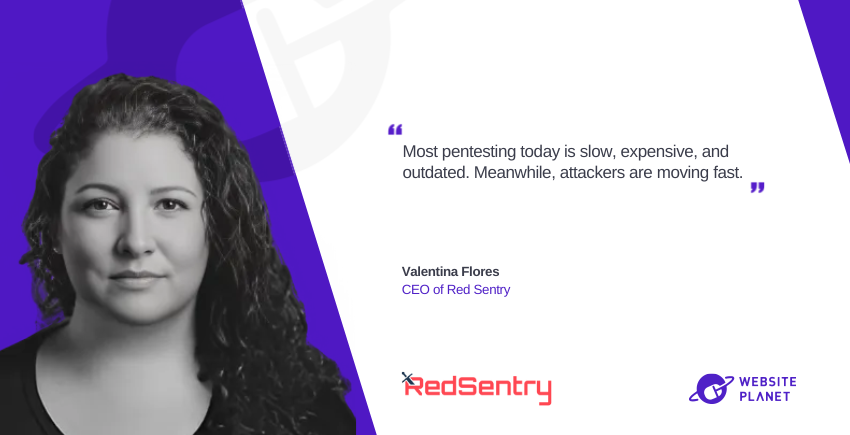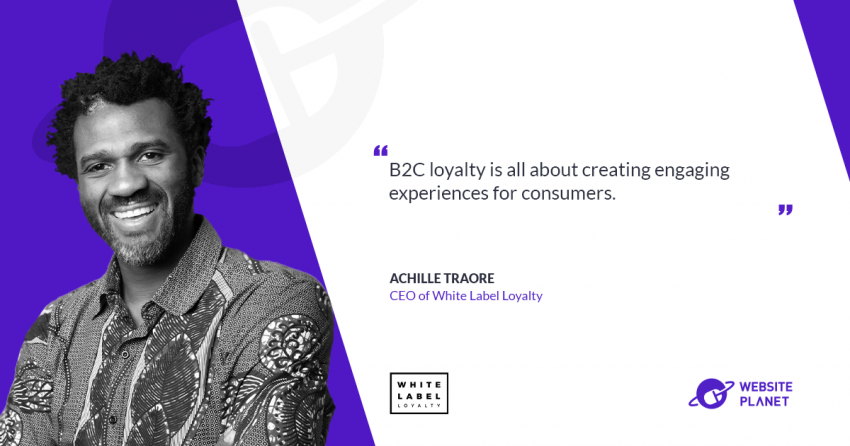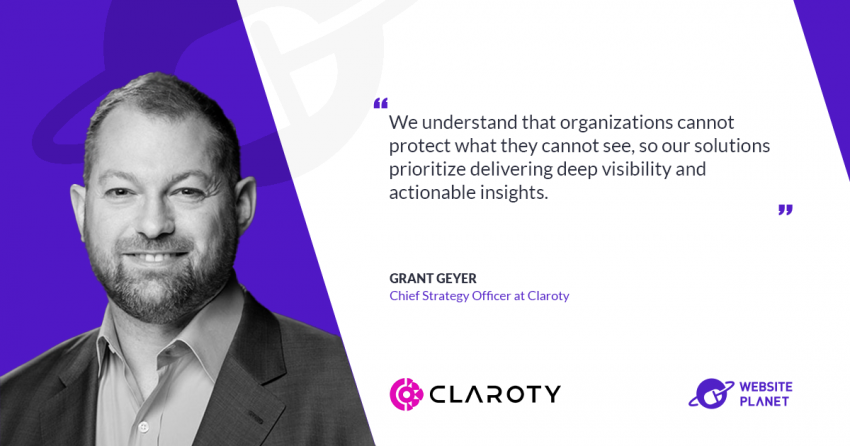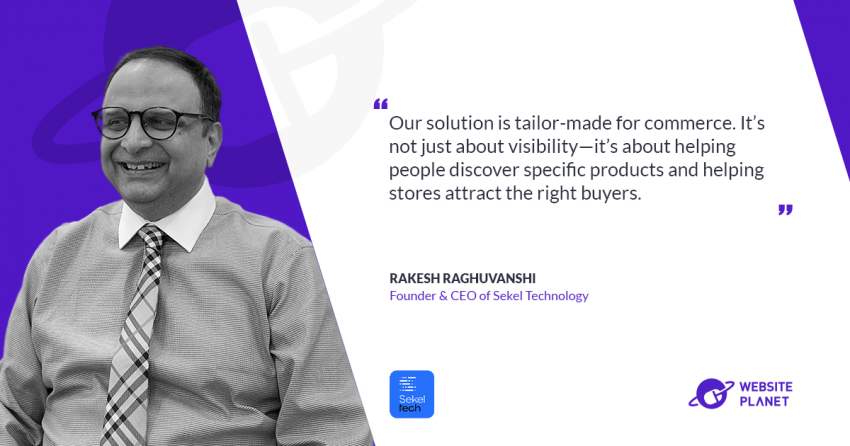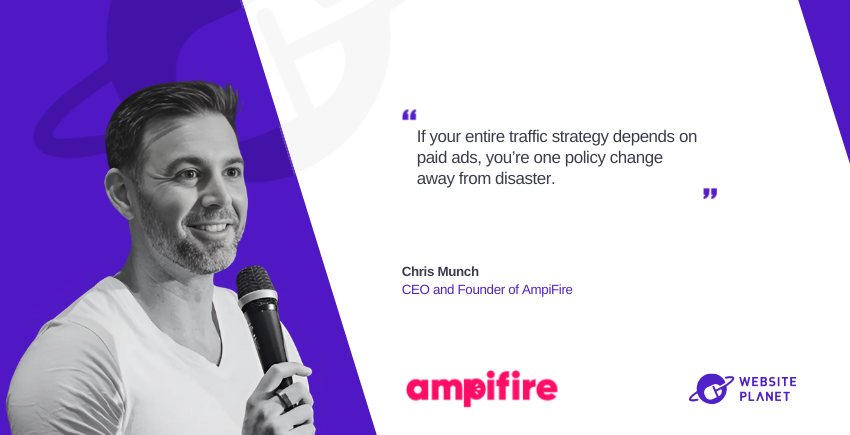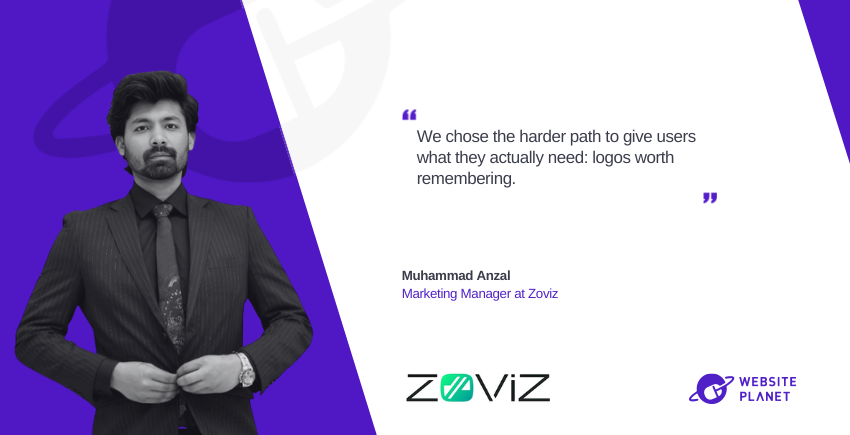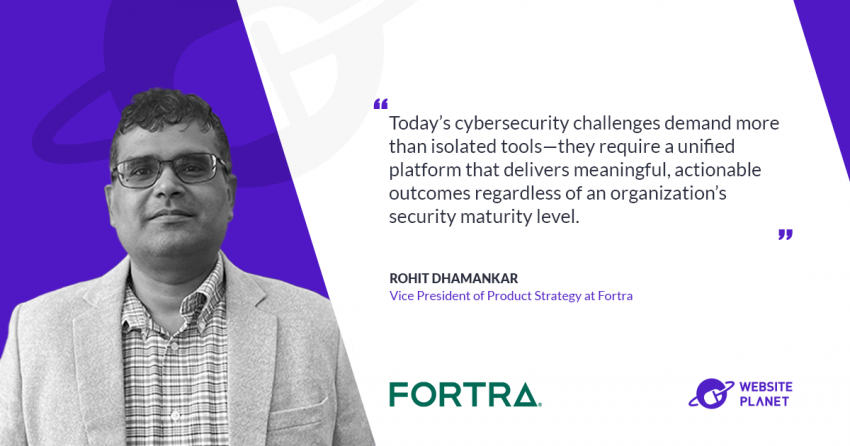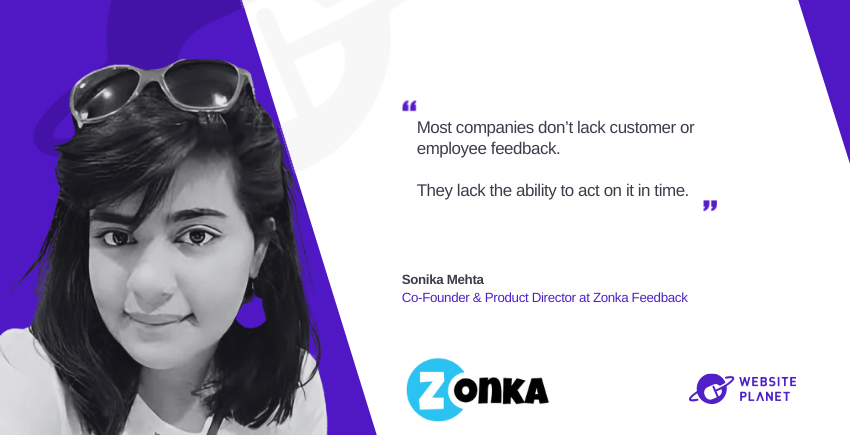Email, meetings, calendars, sheets, documents, different platforms, dozens of usernames and passwords. Every worker today needs to deal with multiple channels of communication, files and information that can get lost at any point. Using a tool that fills all the gaps and facilitates the day to day work is a major need.
This week,
Website Planet‘s Miguel Amado interviewed Vinay Wagle, VP Sales & Marketing with
Clariti. As the name indicates, the company wants to bring clarity and order to team communications, internal and external. Check out the interview below.
The pandemic was challenging for companies and the workforce and motivated both remote work and hybrid work. How did the company fare through this couple of years?
It was very challenging, no doubt! Our team is geographically dispersed with people in the US, in India and other parts of the world and the pandemic hit various parts of the world differently.
So, we had to manage our team and that is where having a tool like Clariti was very useful because people shifted to work from home within a space of days and we were able to communicate and keep in touch, to keep the development going, even though our people were dispersed.
So, it was challenging but, at the same time, many people wanted to use Clariti, which allowed us to introduce the product when there was a lot of need for it.
Did you notice an uptick in growth and sales?
Yes. We had a new product, which was technically only released at the beginning of the year. Before that, we were in an extended Beta test period. So, there’s definitely been a lot of interest from customers.
As you know, we have a freemium model, so customers can sign up for no cost and then upgrade if they want the premium feature. We have a mix of customers using paid and free versions.
You have some big competitors who also grew and got more popular during the pandemic. What do you believe sets Clariti apart from the competition?
First of all, our product includes all modes of communication. One of my competitors is Slack, which is very big in chat. They are all about the group chat, which they call channel. Zoom, on the other hand, is all about video chat. We have combined all modes of communication in one app: chat, email, cloud documents and calls.
But the more important feature that differentiates us is that we have an idea called workspace in our product. If you open a workspace and start working in it, all the communications in that space are connected.
Let’s say I start a workspace called “Interview with Miguel”. In that workspace, I can start an email with you and later on we can chat, set appointments… Everything is in the workspace, which gives you context. Nobody has that feature; it is very unique to our product.
Do you believe Clariti suits better some types of businesses or industries? Or is it a solution for everyone?
It is meant for small to mid-sized businesses, especially if they are comfortable with email but using SMS or WhatsApp for chat. In those companies, email and chat are separate. In our app, everything is connected in one place and well-organized. We are not targeting large enterprises right now.
Do you notice common concerns and issues from clients that come to use Clariti? Do you have that type of feedback to adjust your product?
Yes, we do on a regular basis. Some of our customers wanted easy access to cloud documents, for instance. Originally, our connection with cloud documents was very new and not so strong, but people demanded it, so we provided better access to that feature.
Also, we did not have the calling feature originally. We added it by customers’ request. Those are the kinds of features people started to ask more and more. We started with email and chat and then we expanded our services.
Cybersecurity is a top priority for all technology companies. How do you protect data and your clients?
Firstly, all our data is hosted on Amazon Web Services and everything is encrypted. Every email and chat you send, for example, are completely encrypted. Our employees have no access to any information in the database. That’s why we have confidence in our cybersecurity.
Clariti is a web-based product that presents nothing to download and install. Nobody can do phishing through email because everything runs on the cloud under Amazon’s control.
Integration is your strong point, from what I can see. What are the next steps for Clariti? Is it more integration?
The future is a lot of machine learning and AI. For example, when communications come in and out, we want to automatically connect them. Let us say that you start chatting with me. The system will automatically recognize the context of that chat, which will allow us to connect the chat and put it in the proper workspace.
We want to automate organizing, so that you just work naturally with email, chats and documents and the system knows where they go and keeps the content.
Where are you in that process?
Very early days! This is not like Engineering, which is very structured. I have a customer who is in the home decorating business, for example. Their conversations are very different from a film producer’s. There is no common point between those different industries, but they all need communication tools.
So, how do I figure out what people are talking about and connect those conversations? It’s not easy, but we are investing our energy in it, because we see that as the future.
